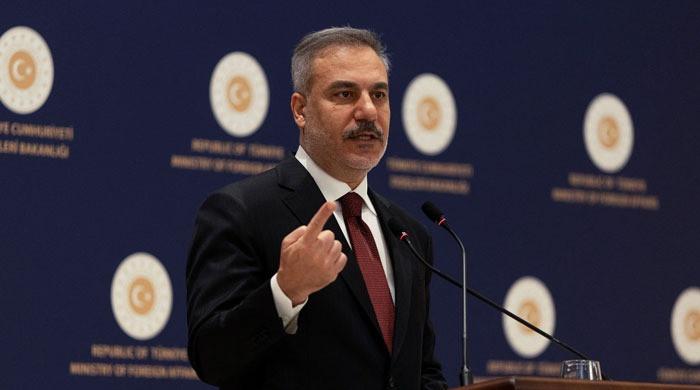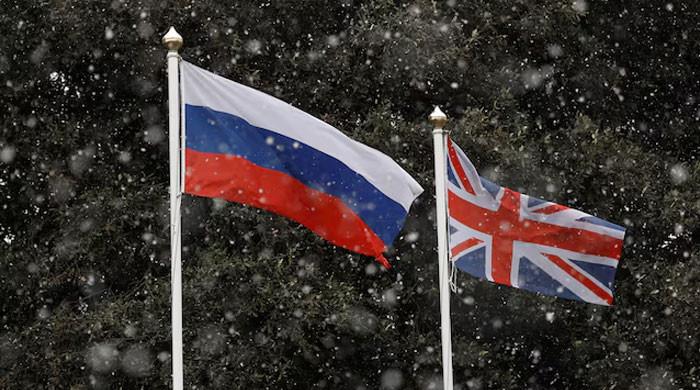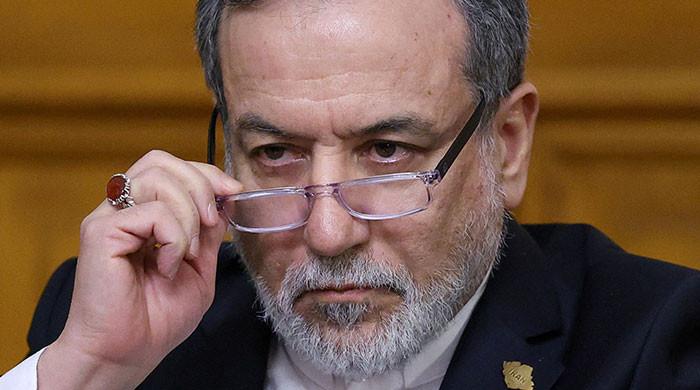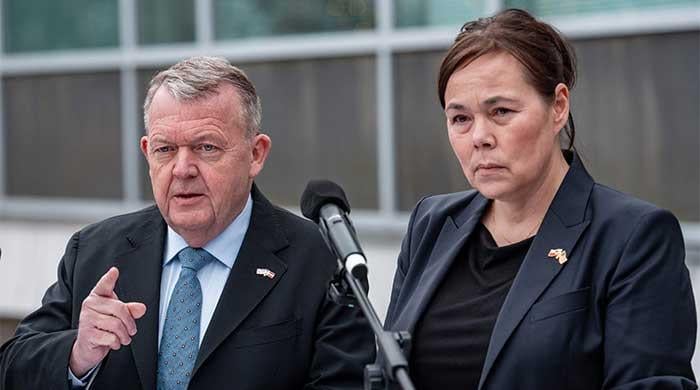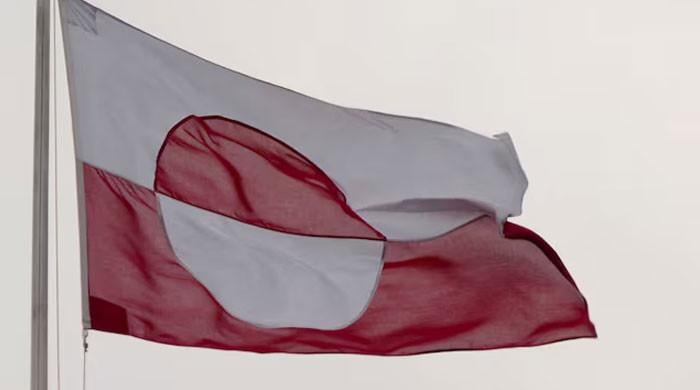The eventful global history of long marches is 85 years old
Chinese statesman Mao Zedong had undertaken a 369-day long march in 1934
October 25, 2019
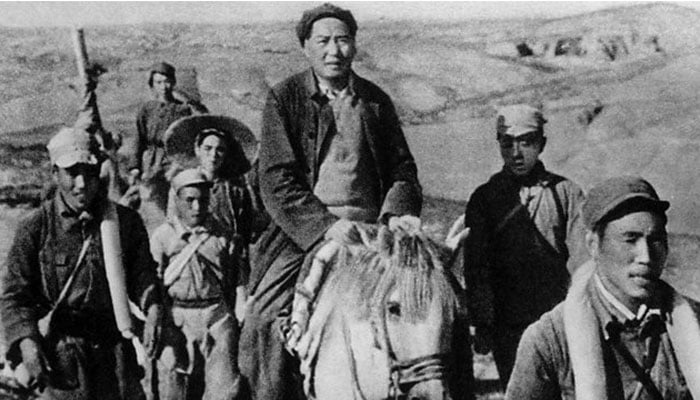
LAHORE: Having travelled 6,000 miles (10,000 km) during their historic October 16, 1934–October 20, 1935 Long March, legendary Chinese statesman Mao Zedong’s Communist troops had crossed 18 mountain ranges and 24 rivers in their 369-day struggle, just seven years after civil war had erupted in China between the Nationalists and the Communists in 1927.
This particular long march goes down in modern history as the first-ever protest mode of its kind.
Under the leadership of Chairman Mao, the Communists had initially employed guerrilla tactics to successfully resist the forces of Chinese political and military leader Chiang Kai-shek’s Nationalist Party.
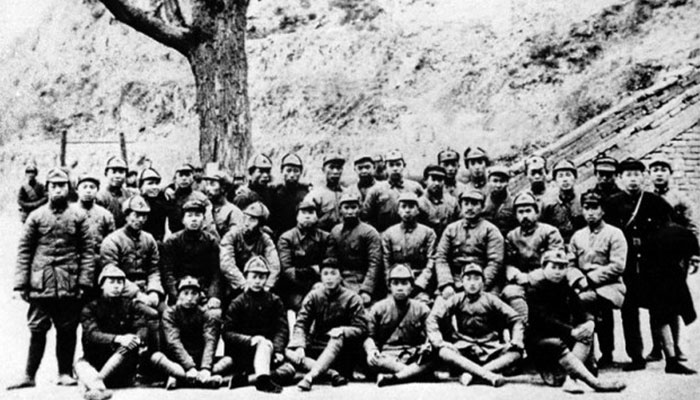
Hell bent upon banishing the Soviet Union-backed Communists from their presence, Chiang Kai-shek had served as leader of China between 1928 and 1975.
The Encyclopedia Britannica writes: "The Long March had decisively established Mao’s leadership of the Chinese Communist Party and had enabled the embattled communists to reach a base area beyond the direct control of the Nationalists."
Various other history books also shed enough light on how Mao Zedong (1893-1976) had initially headed a retreating force of more than 85,000 troops and thousands of accompanying personnel.
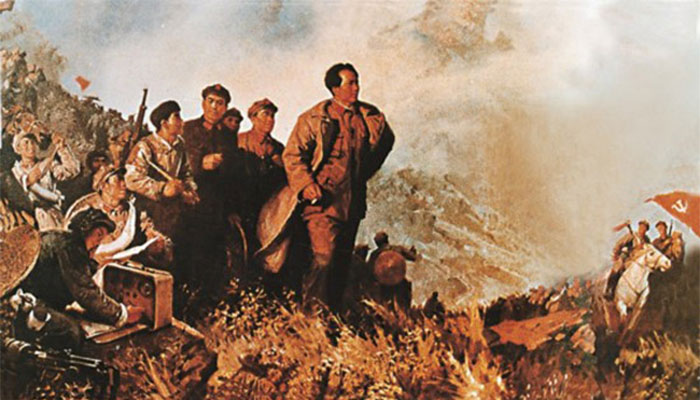
While on their way to bring about a historic and eye-opening Communist Revolution, weapons and supplies were borne on men’s backs or in horse-drawn carts, and the line of marchers stretched for miles.
The Communists generally marched at night, and when the enemy was not near, a long column of torches could be seen snaking over valleys and hills into the distance.
Encyclopedia Britannica reveals: "Mao arrived at this destination in October 1935 along with only about 8,000 survivors. Along the route, some communists had left the march to mobilize the peasantry, but most of the missing had been eliminated by fighting, disease, and starvation.
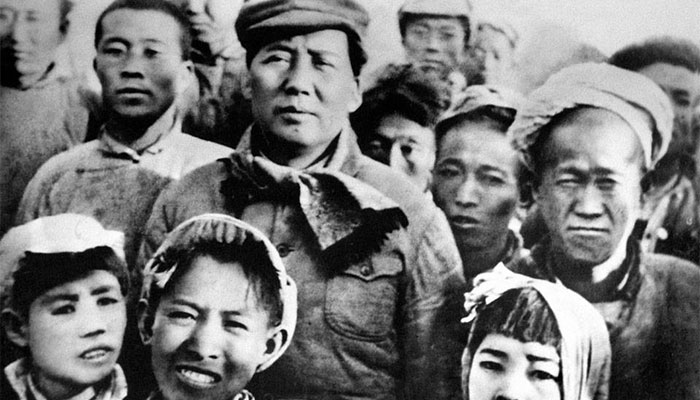
Among the missing were Mao’s two small children and his younger brother, Mao Zetan, who, although had not been on the Long March, was a guerrilla fighter in Jiangxi before dying in April 1935.
Mao’s troops joined the local Red Army contingent of 7,000 men. The subsequent arrival of other units had swelled their total strength by late 1936 to about 30,000 troops."
Historic references further show that after enduring starvation, aerial bombardment and almost daily skirmishes with Nationalist forces, Mao had halted his columns on October 20, 1935.
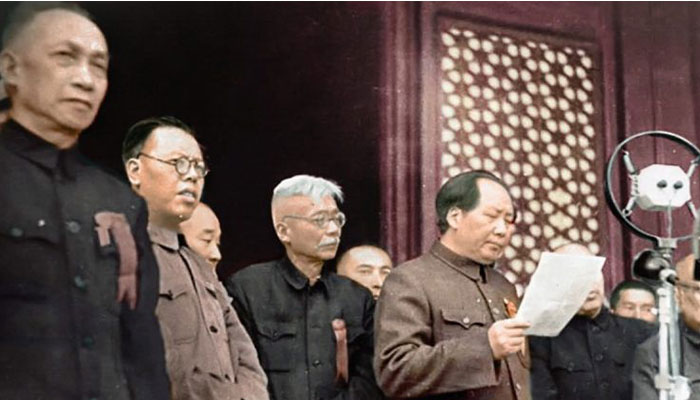
The Long March had marked the emergence of Mao Zedong as the undisputed leader of the Chinese Communists.
After fighting the Japanese for a decade, the Chinese Civil War had resumed soon after the end of World War II (1939-45).
In 1949, the Nationalists were defeated and Mao had gone on to proclaim the People’s Republic of China. He had served as head of the Communist Party of China until his death in 1976.
Chinese News agency, "Xinhua," writes: "The epochal, varicolored expedition undertaken by the Red Army captured the imaginations of not only the Chinese but also the foreigners who marveled at the victories at countless battles within a hair's breadth of defeat and the triumph of the human spirit.
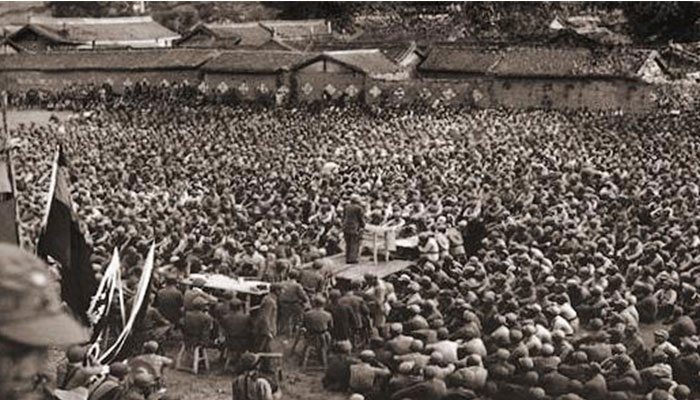
Some 32 years after Mao Zedong left his homeland Shaoshan in central China's Hunan Province in 1927, he wrote this seven-character verse to express his feelings about the changes to the place of his early revolutionary years and the spiritual strength of the people who had made sacrifices for the Chinese revolution."
The media house writes: "On the battlefield ruins along the Xiangjiang River, a major tributary of the Yangtze, old trenches loom among the trees.
Graves of the Red Army soldiers can be found everywhere -- some are tall, some are just heaps of earth; some are buried with bones, some are cenotaphs; some are engraved with heroic names, but many more are anonymous.
The Battle of Xiangjiang River was a fierce battle in which the Central Red Army suffered heavy casualties since they started the year-long trek to escape from the encirclement of Chiang Kai-shek.
The number of Central Red Army soldiers, aged under 20 on average, fell to just over 30,000 after the battle from some 86,000 when they set off to leave their bases in east China in mid-Oct. 1934."




